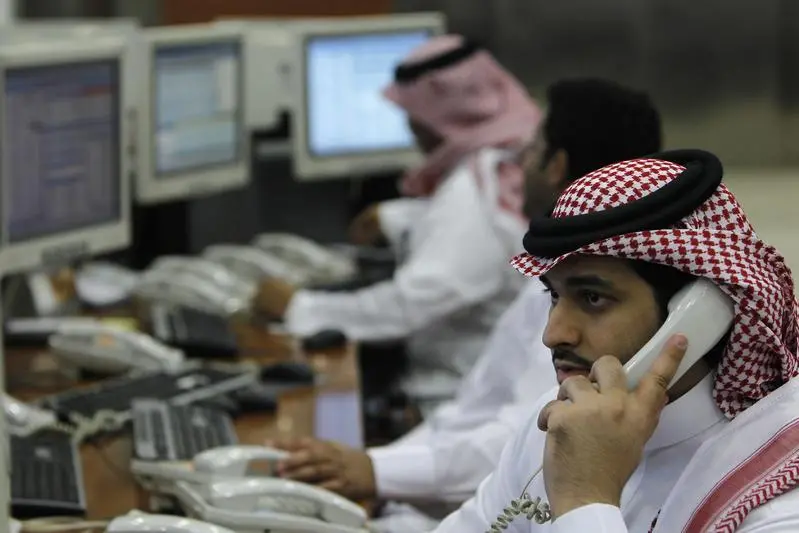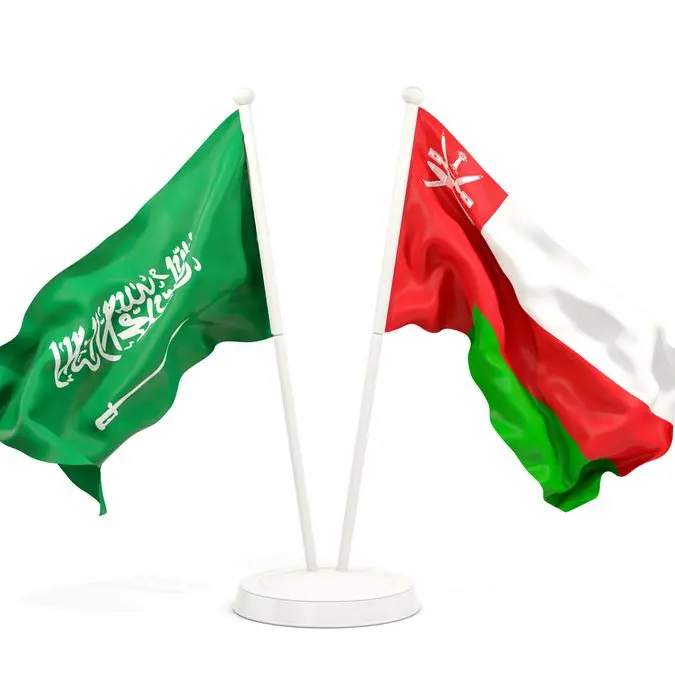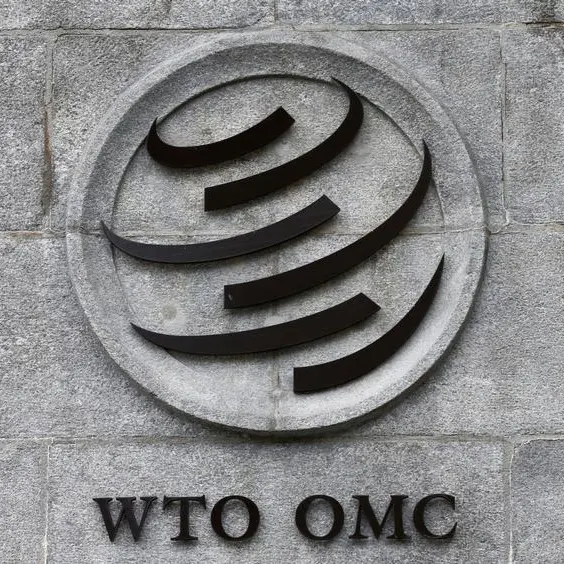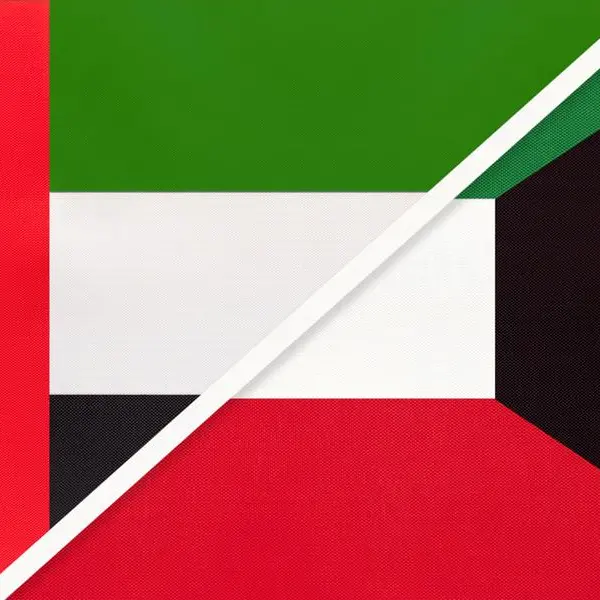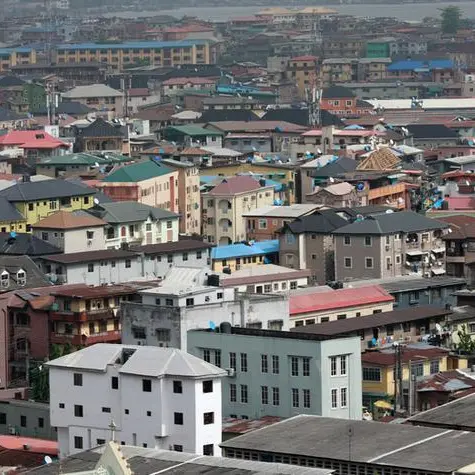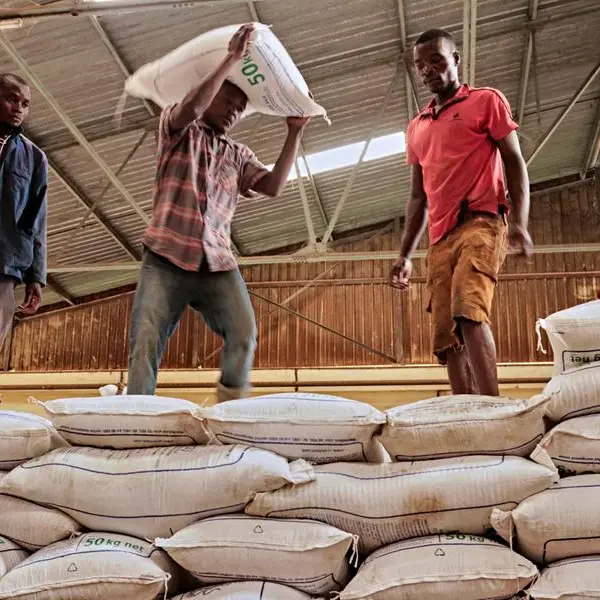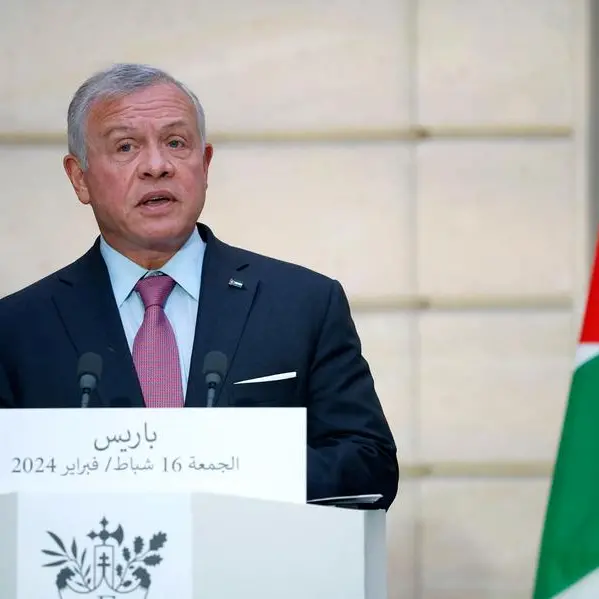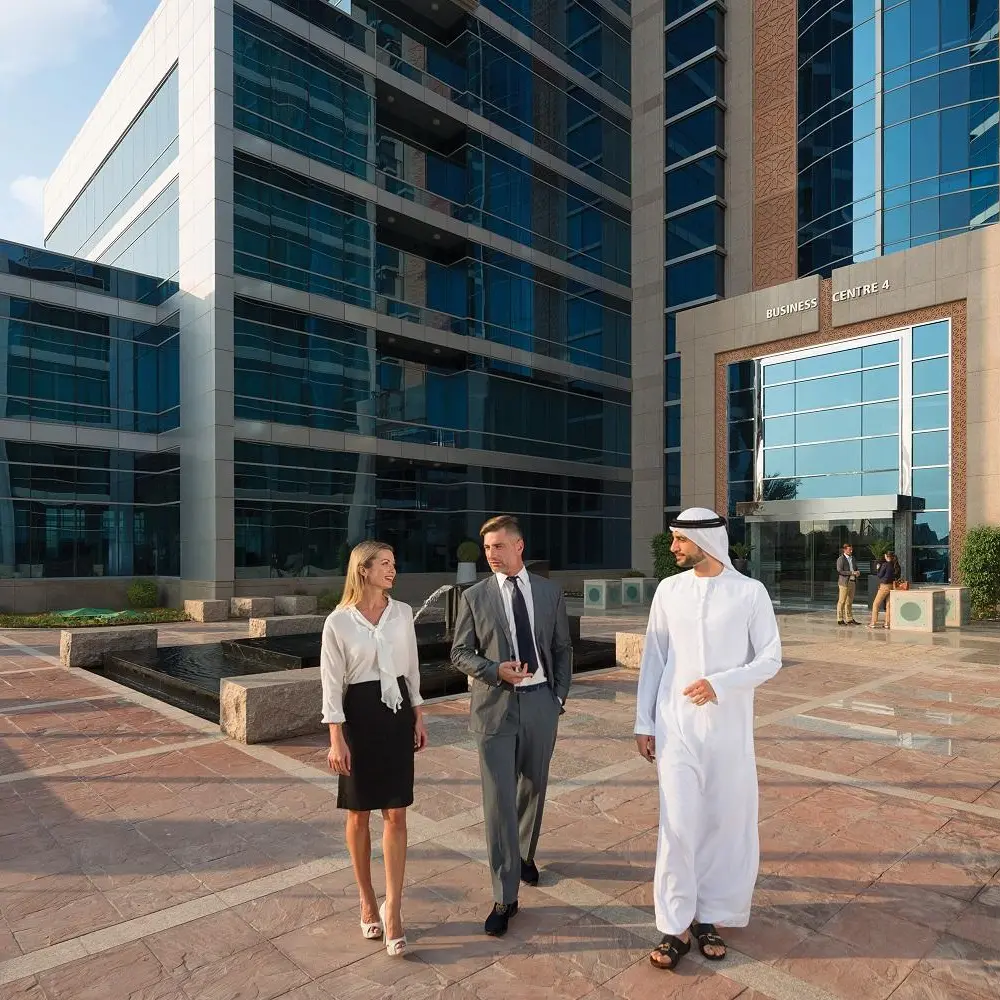PHOTO
30 July 2016
Jeddah - Reforms have helped Saudi Arabia strengthen the financial system while the banking sector is well positioned to weather low oil prices and slower growth, the International Monetary Fund (IMF) has said.
In a report released recently, the organization welcomed the Kingdom's timely response to oil price volatility, which, supported by sizable fiscal buffers and a resilient financial system, has maintained macroeconomic growth and stability.
The IMF welcomed the ambitious reform goals announced by the authorities in Vision 2030 and the NTP, and underscored the importance of clear prioritization and sequencing of the planned reforms to reduce implementation risks and give the economy time to adjust.
They supported the authorities' plan to increase the role of the private sector in the economy by focusing on privatization and public-private partnerships, improve the business environment, develop local capital markets, encourage FDI, and support small and medium enterprises.
According to the report, real GDP growth is expected to slow to 1.2 percent in 2016, but recover to 2 percent in 2017 as the pace of fiscal consolidation eases and to settle around 2.25 -2.5 percent over the medium-term.
Inflation has risen in recent months to over 4 percent as energy and water prices have been increased, and is expected to ease to 2 percent in 2017, it said.
"Bank deposits have declined, but growth of credit to the private sector remains strong. Capital buffers are high, NPLs low, and banks are well provisioned against loan losses. SIBOR has moved higher in recent months and the spread to US rates has widened as liquidity has tightened," it said.
The IMF hailed the Saudi Arabian Monetary Agency (SAMA) for relaxing the loan-to-deposit ratio in February and increasing its reverse repo rate by 25 bp to 0.5 percent in December.
Based on current policies, the fiscal deficit is projected to narrow to 13 percent of GDP in 2016. Non-oil revenues are expected to increase, while spending restraint, particularly on the capital side, will result in a substantial reduction in expenditure. The fiscal deficit is expected to be financed through a mix of deposit drawdown and domestic and international borrowing.
The current account deficit is projected to narrow to 6.4 percent of GDP in 2016 and then move close to balance by 2021 as oil prices partially recover. SAMA's net foreign assets (NFAs) are expected to fall further in 2016, but the pace of decline will slow over the medium term, it said.
The Kingdom has begun a fundamental policy shift to respond to low oil prices. The government has introduced a series of reforms over the past year and has recently set out plans for a bold and ambitious transformation of the Saudi Arabian economy in Vision 2030 and National Transformation Program (NTP) 2020.
Diversifying the economy, creating jobs for nationals in the private sector, and implementing a gradual, but sizable and sustained fiscal consolidation to reach budget balance in 5 years are key policy priorities.
Directors noted that continued labor market and education reforms are needed to encourage private sector employment of Saudi nationals and increase labor force participation of women.
The IMF emphasized the importance of developing a medium-term fiscal framework and strengthening the annual budget process, with better integration of the Public Investment Fund and Aramco into the budget. It has urged the authorities to take an integrated asset-liability management approach to financing the fiscal deficit.
The organization noted that government debt issuance would help establish a risk-free yield curve and support the development of domestic debt markets.
Jeddah - Reforms have helped Saudi Arabia strengthen the financial system while the banking sector is well positioned to weather low oil prices and slower growth, the International Monetary Fund (IMF) has said.
In a report released recently, the organization welcomed the Kingdom's timely response to oil price volatility, which, supported by sizable fiscal buffers and a resilient financial system, has maintained macroeconomic growth and stability.
The IMF welcomed the ambitious reform goals announced by the authorities in Vision 2030 and the NTP, and underscored the importance of clear prioritization and sequencing of the planned reforms to reduce implementation risks and give the economy time to adjust.
They supported the authorities' plan to increase the role of the private sector in the economy by focusing on privatization and public-private partnerships, improve the business environment, develop local capital markets, encourage FDI, and support small and medium enterprises.
According to the report, real GDP growth is expected to slow to 1.2 percent in 2016, but recover to 2 percent in 2017 as the pace of fiscal consolidation eases and to settle around 2.25 -2.5 percent over the medium-term.
Inflation has risen in recent months to over 4 percent as energy and water prices have been increased, and is expected to ease to 2 percent in 2017, it said.
"Bank deposits have declined, but growth of credit to the private sector remains strong. Capital buffers are high, NPLs low, and banks are well provisioned against loan losses. SIBOR has moved higher in recent months and the spread to US rates has widened as liquidity has tightened," it said.
The IMF hailed the Saudi Arabian Monetary Agency (SAMA) for relaxing the loan-to-deposit ratio in February and increasing its reverse repo rate by 25 bp to 0.5 percent in December.
Based on current policies, the fiscal deficit is projected to narrow to 13 percent of GDP in 2016. Non-oil revenues are expected to increase, while spending restraint, particularly on the capital side, will result in a substantial reduction in expenditure. The fiscal deficit is expected to be financed through a mix of deposit drawdown and domestic and international borrowing.
The current account deficit is projected to narrow to 6.4 percent of GDP in 2016 and then move close to balance by 2021 as oil prices partially recover. SAMA's net foreign assets (NFAs) are expected to fall further in 2016, but the pace of decline will slow over the medium term, it said.
The Kingdom has begun a fundamental policy shift to respond to low oil prices. The government has introduced a series of reforms over the past year and has recently set out plans for a bold and ambitious transformation of the Saudi Arabian economy in Vision 2030 and National Transformation Program (NTP) 2020.
Diversifying the economy, creating jobs for nationals in the private sector, and implementing a gradual, but sizable and sustained fiscal consolidation to reach budget balance in 5 years are key policy priorities.
Directors noted that continued labor market and education reforms are needed to encourage private sector employment of Saudi nationals and increase labor force participation of women.
The IMF emphasized the importance of developing a medium-term fiscal framework and strengthening the annual budget process, with better integration of the Public Investment Fund and Aramco into the budget. It has urged the authorities to take an integrated asset-liability management approach to financing the fiscal deficit.
The organization noted that government debt issuance would help establish a risk-free yield curve and support the development of domestic debt markets.
© Arab News 2016
